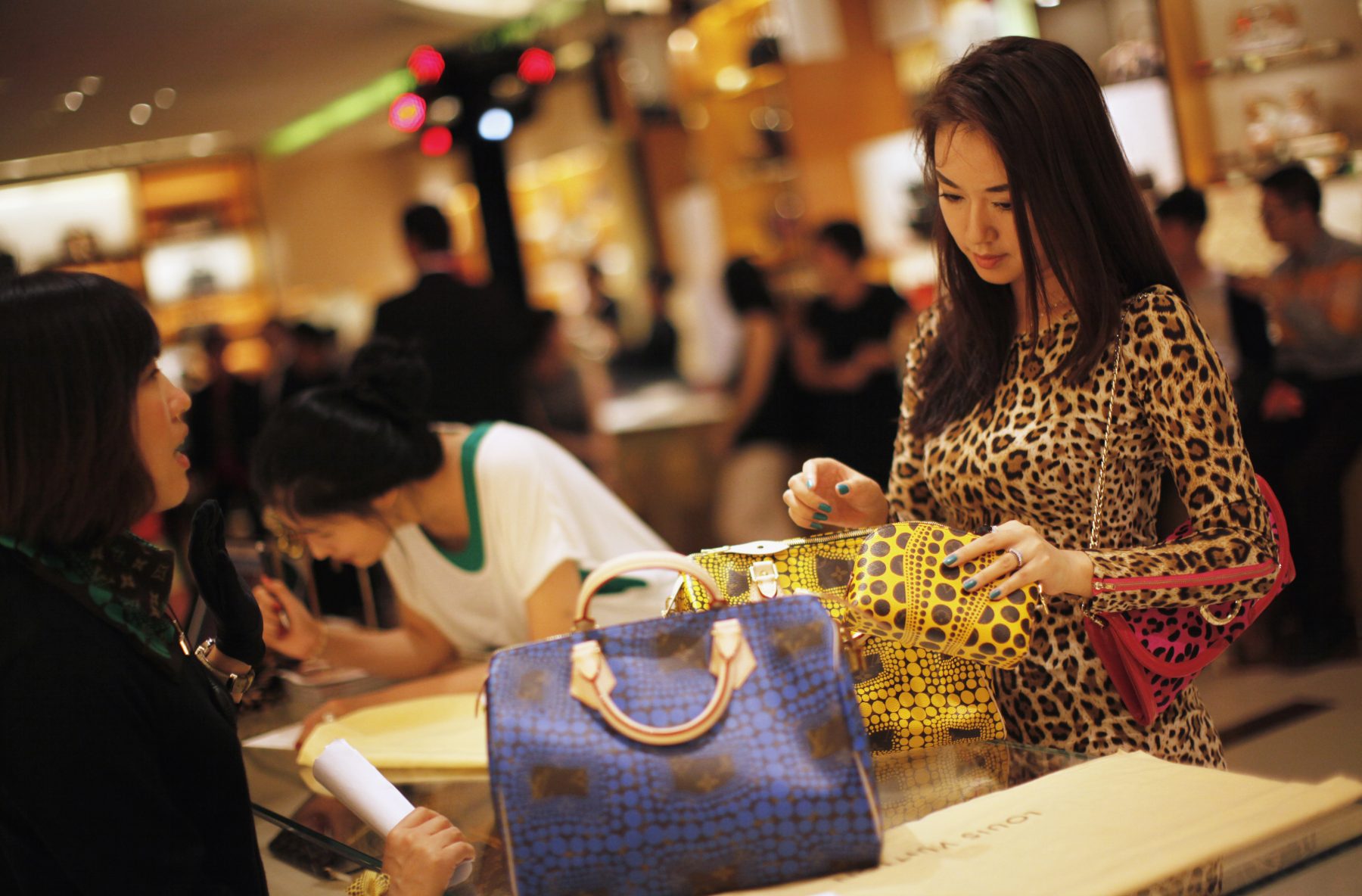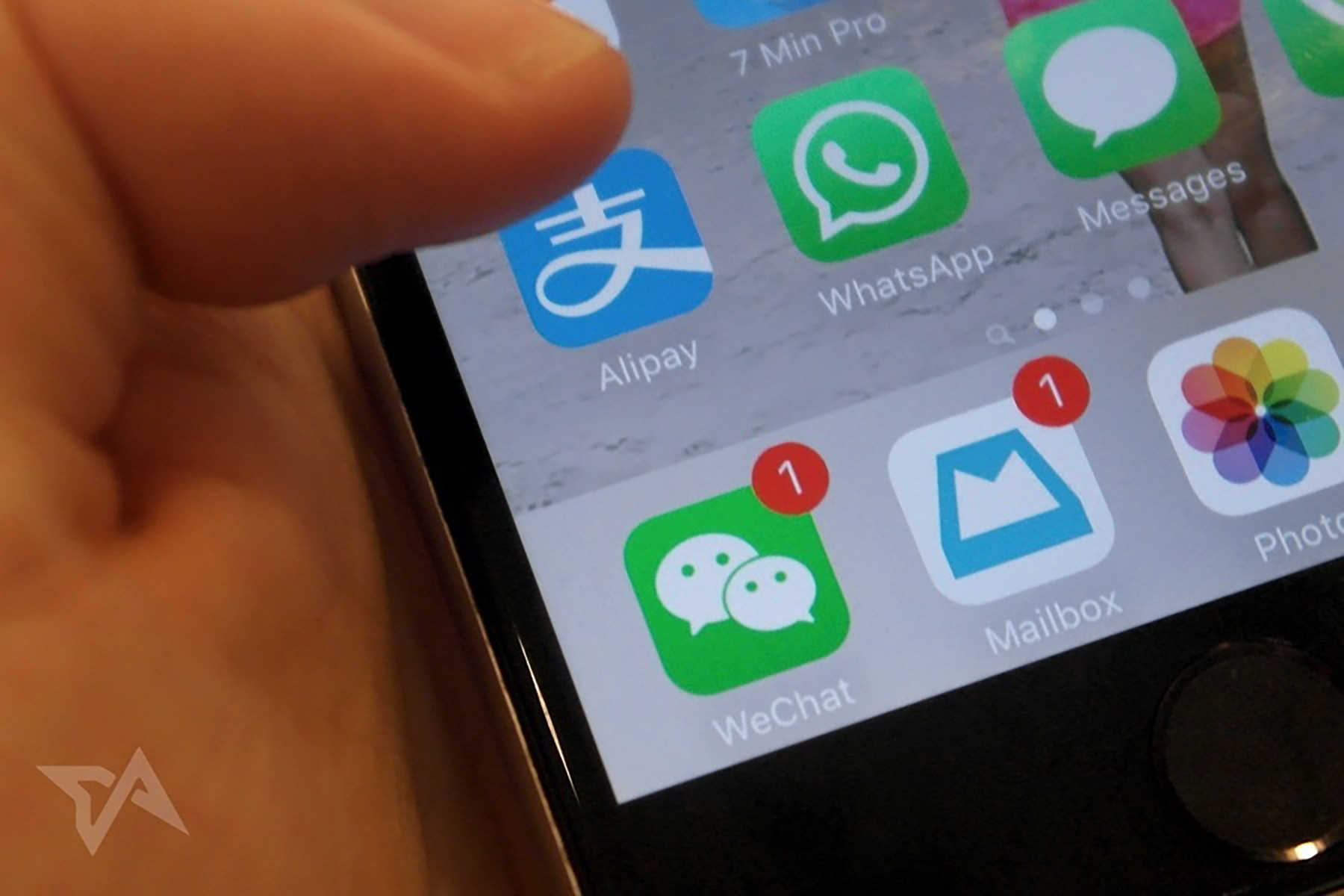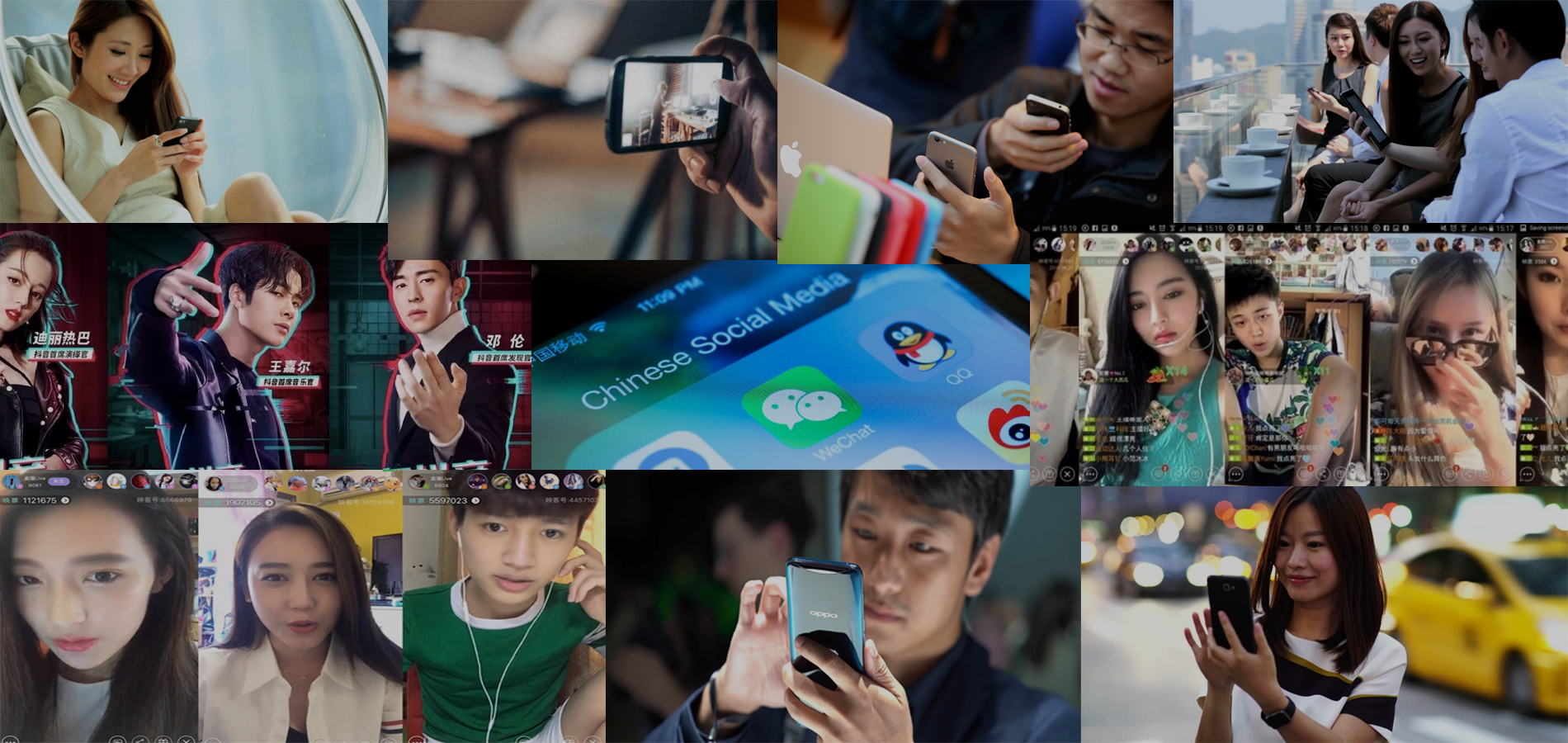How well have the Chinese progressed in 2016?
Bain & Company estimated China’s share of the global luxury market decreased by one percentage point in 2016, due mainly to economic growth slowdown, counterfeit goods and safety concerns affecting travel patterns. Fortune addresses this, saying:
- “Although Chinese shoppers account for a third of global sales of luxury goods, sales that actually take place in mainland China account for only a fifth.”
- “The rest are purchases made abroad – either ordered from overseas websites, bought by Chinese tourists, or smuggled in by ‘personal shoppers’ known as daigou, who fill suitcases with luxury items and sell them back home in person or online.”
- “That costs the Chinese government tax revenue, and also discourages the domestic consumption sector, particularly for higher quality goods, that Beijing has long been trying to boost to rebalance its economy away from exports.”
What to expect this year?
Regardless, China continues to remain as one of the more dominating forces in the global luxury industry. Here’s three upcoming trends that businesses should take into consideration for 2017:
1. Repatriation of Chinese luxury spending
Chinese luxury travelers still love to shop abroad, but this year, mainland China saw more domestic consumption, with Bain & Company (reputable consultation company) predicting that mainland China’s luxury market will have returned to growth by the end of 2016 (final numbers are still yet to come out).
- With the Chinese government’s crackdown on gray-market smugglers, luxury brands’ decisions to harmonize their China prices with those globally, and the Chinese government’s development of duty-free shopping, it’s pretty safe to expect an increase in domestic spending for 2017.
- Evidence of this trend has already been noted in a study from ContactLab, finding that the percentage of luxury goods purchased abroad already decreased year-on-year in the first four months of 2016 from 43 percent to 40 percent
Businesses outside of China (especially Luxury brands) will have to expect potentially lower numbers of Chinese tourists coming in, and will need to put heavier emphasis on fewer but better located stores in order to maximise customer flow (quality over quantity).
2. Price-savvy Chinese shoppers will continue to follow currency changes abroad.
In spite of the increase in spending at home, luxury shopping certainly won’t cease to be a favorite pastime for outbound Chinese travelers anytime soon. One of the main factors driving this? Currency.
- Despite new tariff policies, some brands lowering their China prices, and a devalued yuan, many goods still cost more in China than they do elsewhere.
- Chinese shoppers are very aware of prices and global currency fluctuations. Such is the case when the pound plunged because due to the 2016 Brexit vote as Chinese tourists immediately flocked to the UK to scoop up the lower-priced goods and reap the benefits.
As such, luxury brands must place greater emphasis on making their brand “younger” and more fashionable to capture the younger generations as these are the ones that will become the focal point of the Chinese market overseas in the coming years.
3. E-commerce will remain a bright spot for growth with a focus on mobile
E-commerce is gaining ground globally in the luxury industry, and China is no exception.
- “Around 80 percent of luxury brands are now available online in China in some form or another,” writes Liz Flora, “Mobile shopping is especially important, with mobile sales estimated to have grown by 51.4 percent year-on-year to reach $505.74 billion in 2016 (based on preliminary data).”
- “If they stay on track, they’re expected to grow by 45.7 percent in 2017, making up 61 percent of all e-commerce sales, according to China’s Ministry of Industry and Information Technology.”
With the aforementioned increase in domestic spending, E-commerce becomes a critical tool to all luxury brands that have relied upon Chinese consumers.
To take advantage of this, Luxury brands should strengthen both digital platform building (e.g. using WeChat) and digital content creation, with an emphasis on localisation to reflect local market preferences. Furthermore by limiting access of higher-end products, brands can turn casual shopping into a special VIP-style experience, which the vast majority of Chinese luxury consumers just cannot resist.
If you enjoyed reading this and would like to read more luxury related content, feel free to take a look at our Luxury Case Studies Library!






